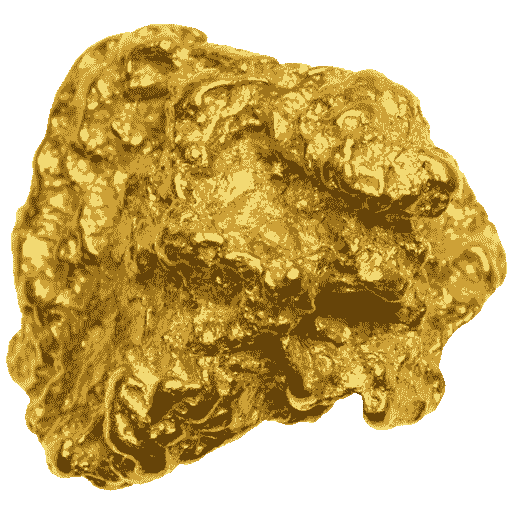The gold industry in Ontario faces a crucial challenge: how to achieve economic growth while prioritizing environmental stewardship and sustainability. This article explores the sustainable practices being adopted by Ontario’s gold industry to strike a balance between profitability and responsible mining. By implementing these practices, the industry aims to minimize environmental impacts, engage local communities, and ensure the long-term viability of gold mining in Ontario.

- Environmental Management and Conservation:
Discuss the environmental management strategies employed by Ontario’s gold industry to minimize its ecological footprint. Highlight initiatives such as land reclamation, biodiversity conservation, and water management. Explore the use of advanced technologies and processes to reduce waste generation, control emissions, and prevent pollution. Emphasize the importance of adhering to environmental regulations and monitoring systems to ensure compliance and continuous improvement. - Responsible Mining Techniques:
Examine the adoption of responsible mining techniques that prioritize worker safety and minimize environmental impact. Discuss the use of advanced machinery and equipment designed to optimize efficiency and reduce energy consumption. Explore the implementation of best practices, such as low-impact drilling and extraction methods, to minimize land disturbance and preserve ecological integrity. Highlight the importance of robust waste management systems, including the proper handling and disposal of mine tailings and chemicals. - Social Engagement and Community Development:
Highlight the efforts made by Ontario’s gold industry to engage with local communities, Indigenous groups, and stakeholders. Discuss initiatives that promote meaningful consultation, collaboration, and partnerships to ensure the industry’s activities align with community needs and aspirations. Explore the implementation of community development programs, including job creation, skills training, and infrastructure investments, to foster sustainable economic growth and enhance the well-being of local populations. - Transparency and Ethical Practices:
Examine the importance of transparency and ethical practices in Ontario’s gold industry. Discuss the implementation of responsible sourcing initiatives, such as the use of certified conflict-free gold, to ensure ethical supply chains. Explore the adoption of transparent reporting standards and sustainability certifications, which provide accountability and credibility to stakeholders, investors, and consumers. Highlight the role of industry associations and collaborations in promoting responsible practices and knowledge sharing. - Innovation and Collaboration for Sustainability:
Discuss the role of innovation and collaboration in driving sustainable practices in Ontario’s gold industry. Explore the adoption of new technologies, such as automation, data analytics, and renewable energy solutions, to improve operational efficiency and reduce environmental impacts. Highlight the importance of industry-government partnerships, research collaborations, and knowledge sharing platforms to accelerate the development and implementation of sustainable practices.
The pursuit of sustainable practices in Ontario’s gold industry is essential to balance economic growth with environmental stewardship. Through proactive environmental management, responsible mining techniques, social engagement, and transparency, the industry can foster a sustainable future. By embracing innovation and collaboration, Ontario’s gold industry can set an example for responsible resource extraction globally, ensuring the preservation of natural ecosystems, the well-being of communities, and the long-term success of the industry.




